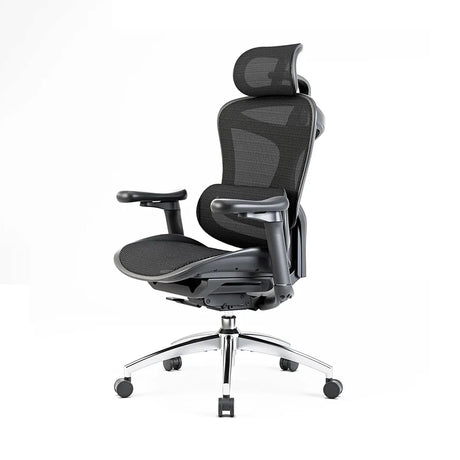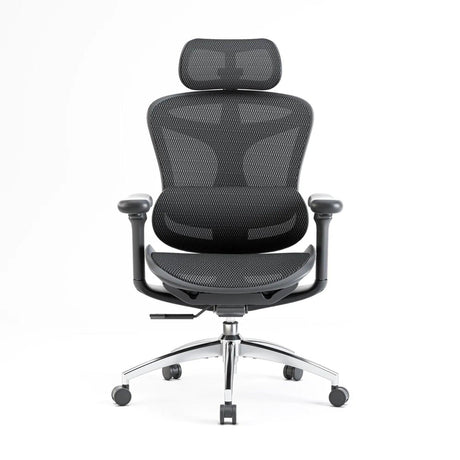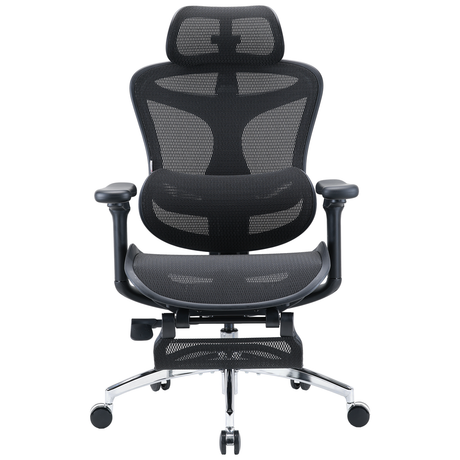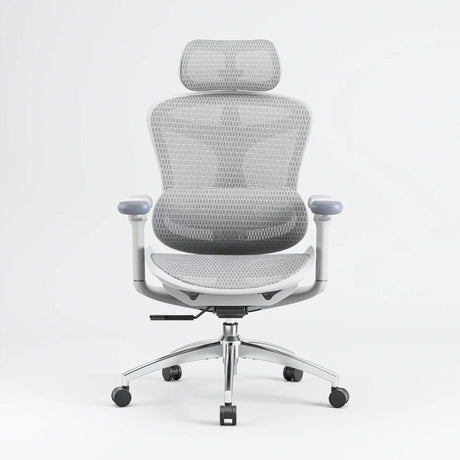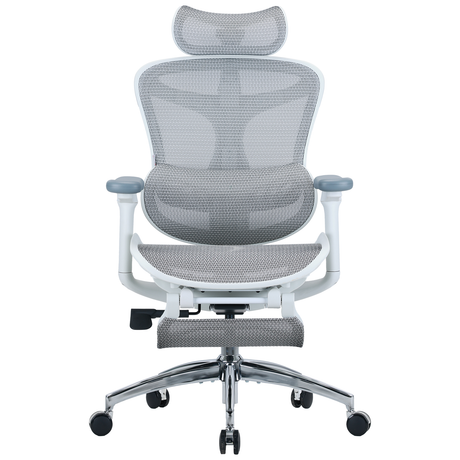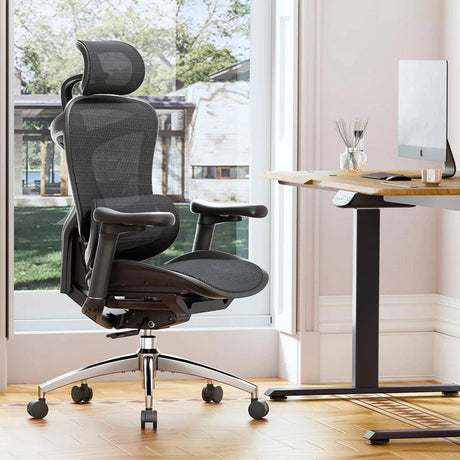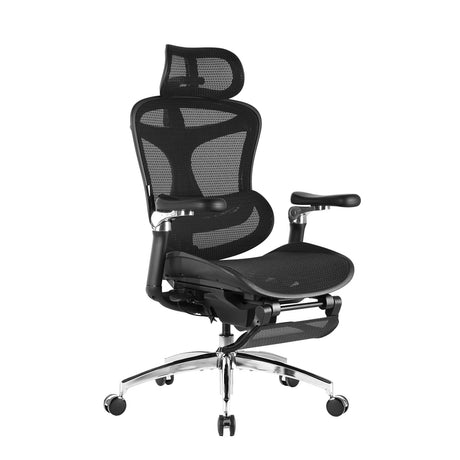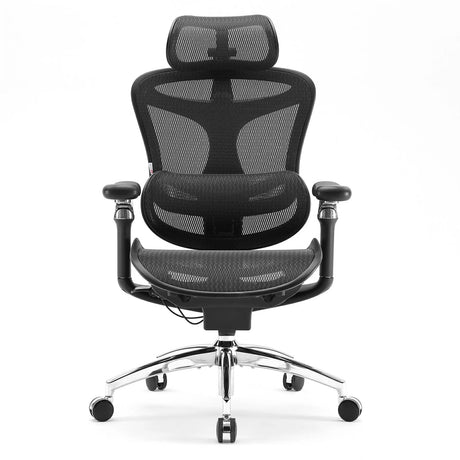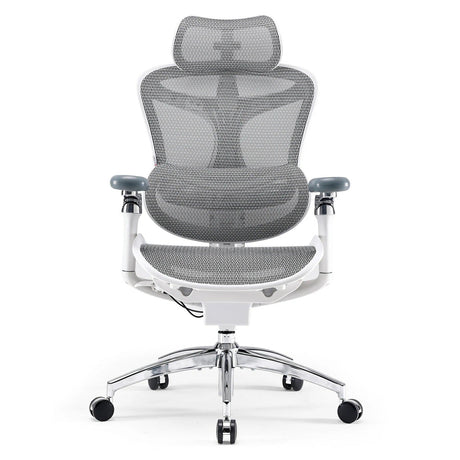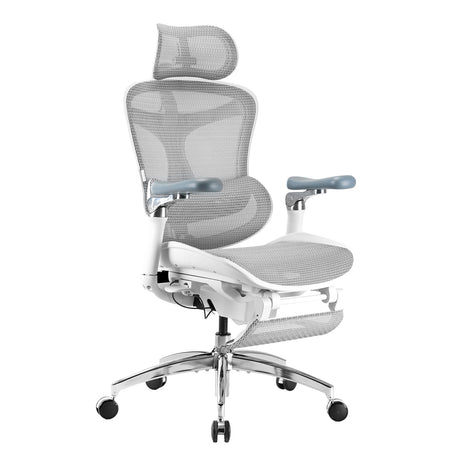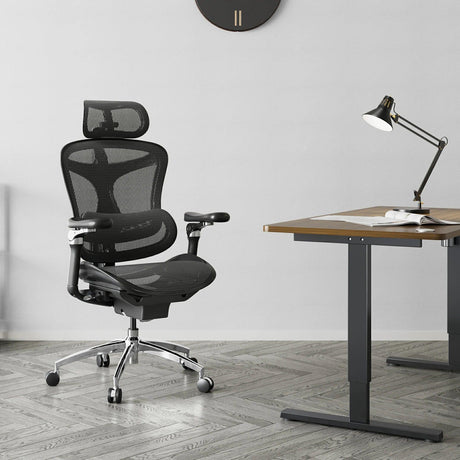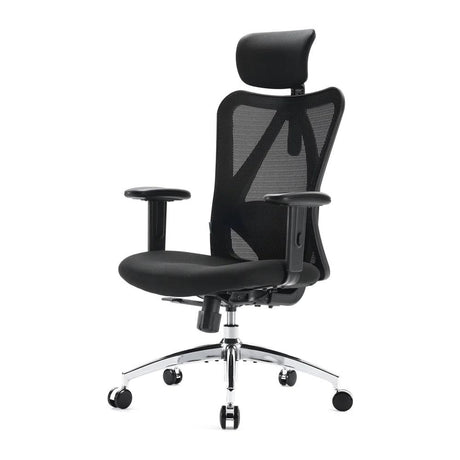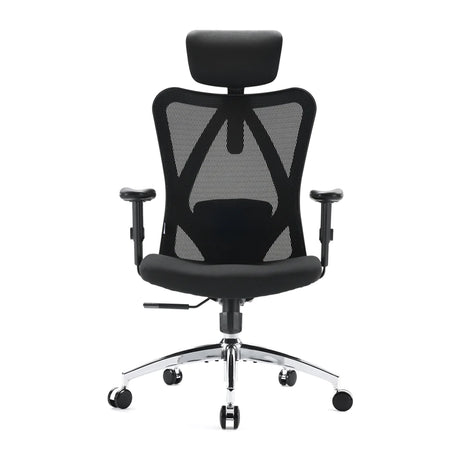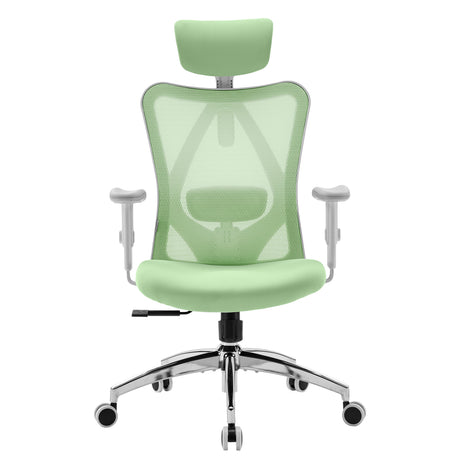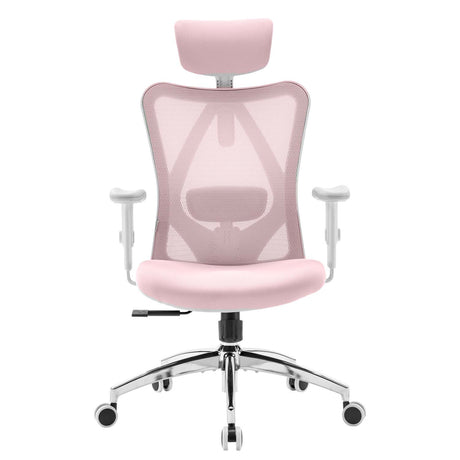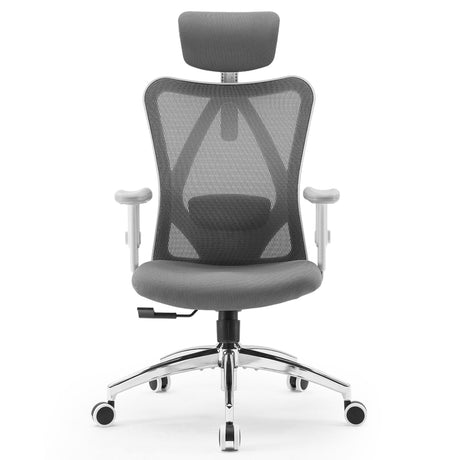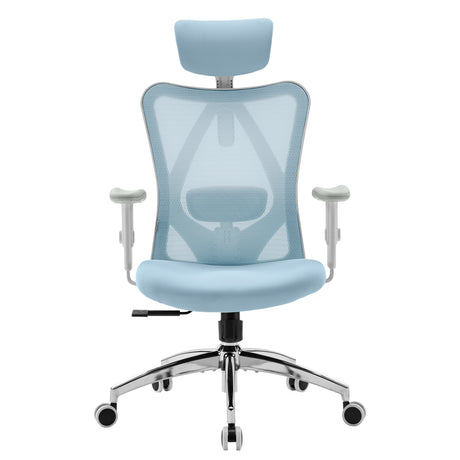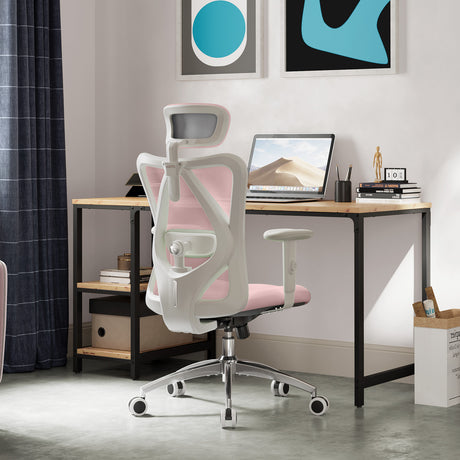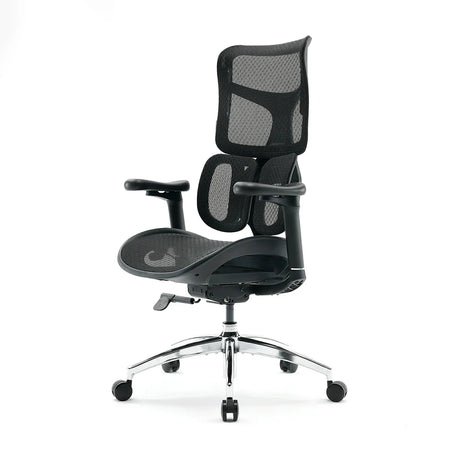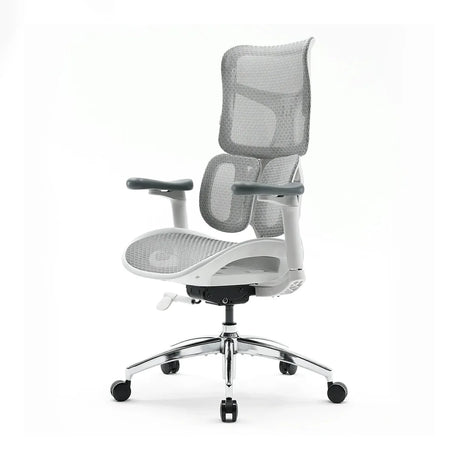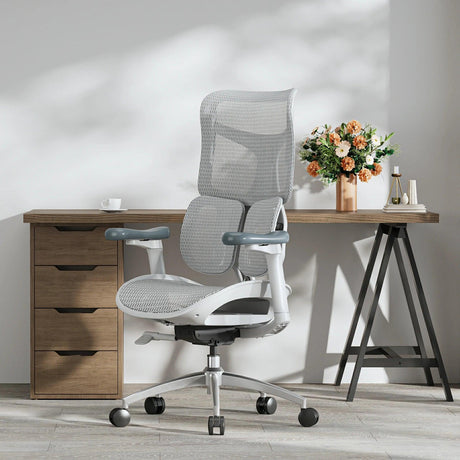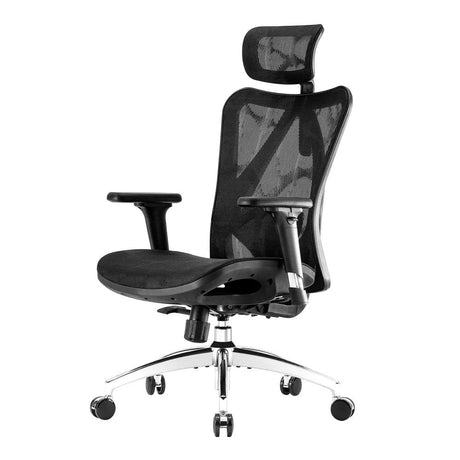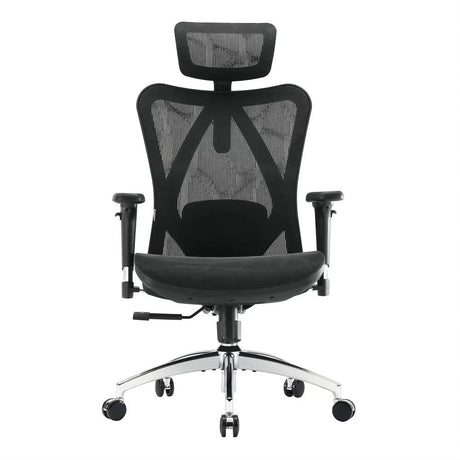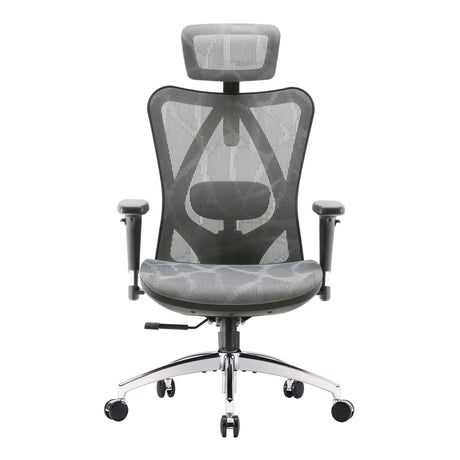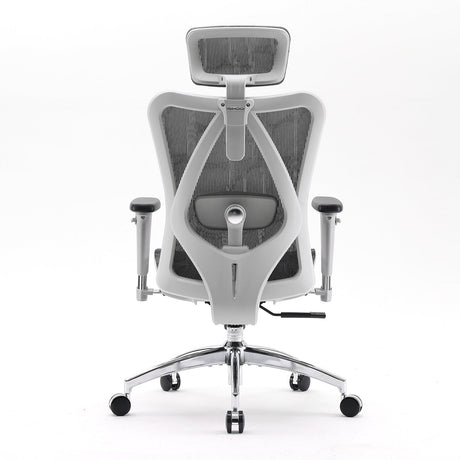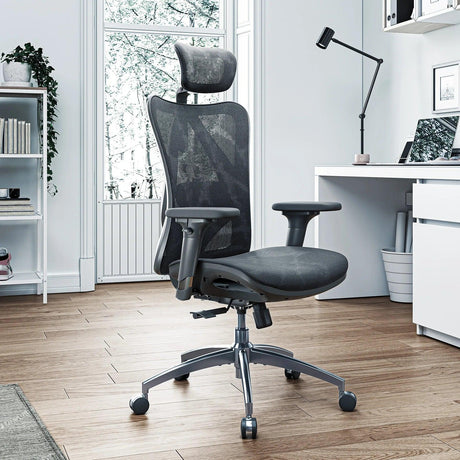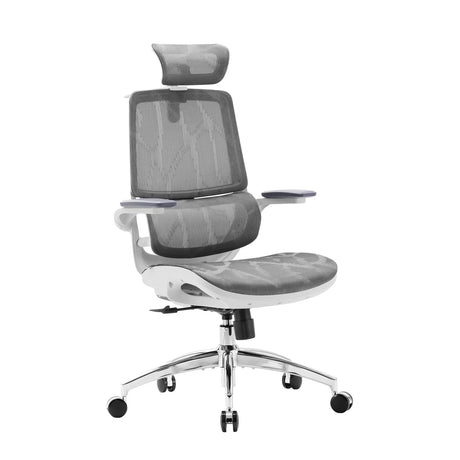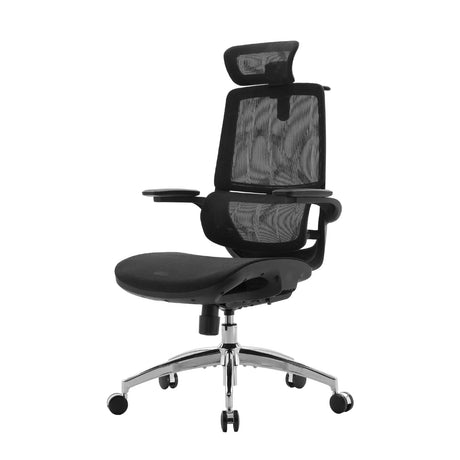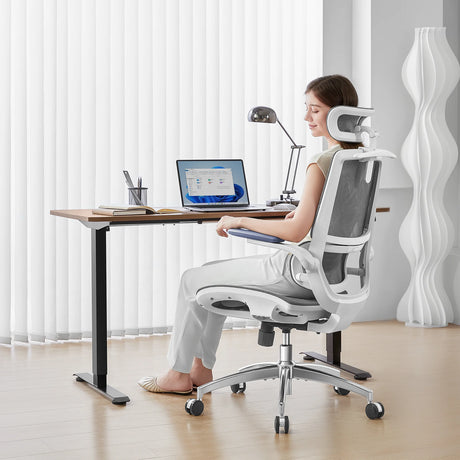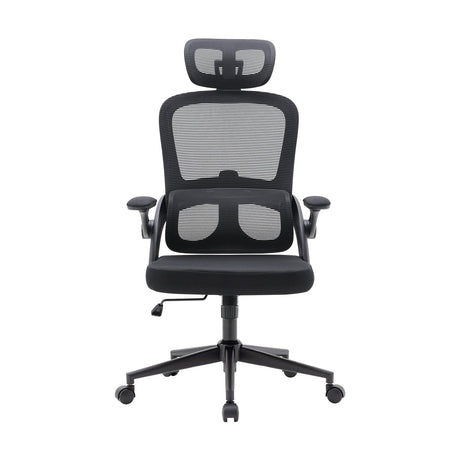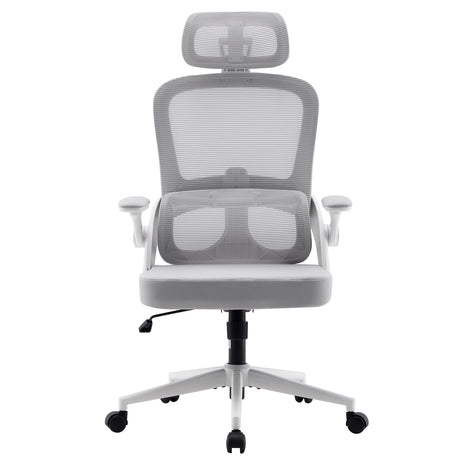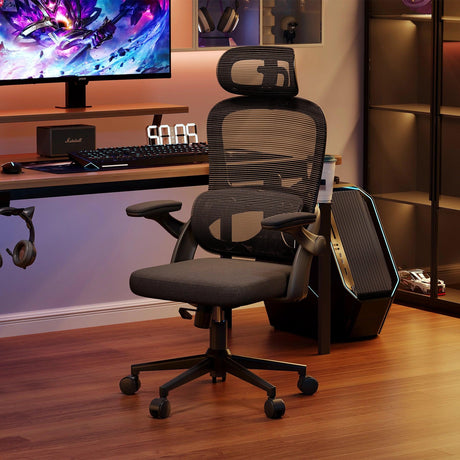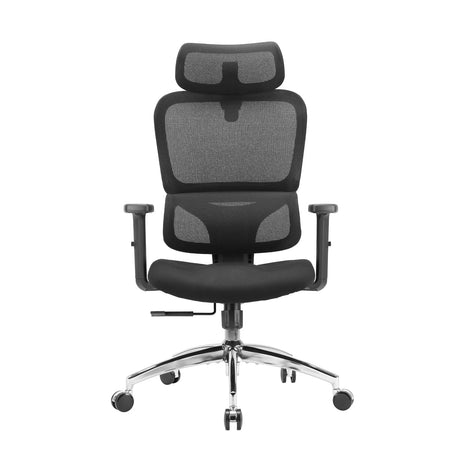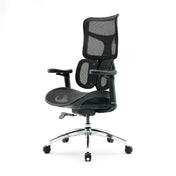Office chairs are an essential part of any workspace, offering comfort and support for long hours of sitting. But like any piece of furniture, they can sometimes break down. One common issue many people face is when the hydraulic lift (gas cylinder) fails to work properly, leaving you with an office chair that won’t stay at the right height or sinks unexpectedly.
If you're dealing with this issue, don’t worry! You can often fix the hydraulics yourself without needing to buy a new chair. Here’s a step-by-step guide to help you repair the hydraulic mechanism on your office chair.
What Is the Hydraulic Lift on an Office Chair?
Before we get into how to fix it, let’s briefly explain what the hydraulic lift does. The gas lift or hydraulic cylinder is the mechanism that allows you to adjust the height of your office chair. It uses compressed gas to control the vertical movement of the chair's seat, enabling smooth and effortless height adjustment.
Signs of Hydraulic Lift Problems
You might need to fix the hydraulics if:
- Your chair keeps sinking even after you adjust it.
- The chair doesn’t stay in place at your desired height.
- The height adjustment lever feels loose or unresponsive.
What You’ll Need:
Before you get started, gather a few basic tools:
- A replacement gas cylinder (if necessary)
- A rubber mallet or hammer
- A wrench or socket set
- WD-40 or lubricant (for smooth removal and installation)
- Gloves (to protect your hands from sharp edges)
Step-by-Step Guide to Fix Hydraulics on Your Office Chair
1. Assess the Problem
The first step is to determine whether the issue lies with the hydraulic cylinder itself or another part of the chair. If the chair is constantly sinking, it’s likely the gas lift mechanism is faulty. If you can adjust the height but it’s difficult to maintain, the cylinder may just need some maintenance.
2. Remove the Chair Seat
To get to the hydraulic cylinder, you’ll need to remove the seat from the base of the chair. Most chairs have screws holding the seat to the mechanism. Use a screwdriver or wrench to carefully detach the seat from the base.
3. Remove the Old Hydraulic Cylinder
The gas lift is the central component that connects the seat to the base of the chair. If the chair is sinking, the cylinder is likely damaged and needs replacing. Here's how to remove it:
- Place the chair upside down on a soft surface to avoid scratches.
- Locate the hydraulic cylinder in the center of the chair base.
- If there’s a retaining clip or pin, remove it using pliers or a small screwdriver.
- Tap the cylinder gently with a rubber mallet to loosen it from its mount. It may take some force to dislodge it, so be patient.
- Once it's loose, remove the gas cylinder completely.
4. Clean and Lubricate (Optional)
If the hydraulic mechanism is simply stuck, it may just need cleaning and lubrication. Spray WD-40 or another lubricant on the base of the cylinder and around its housing. Gently tap it again to free any debris or sticky residue. This could restore the smooth function of the hydraulic mechanism.
5. Install the New Hydraulic Cylinder
If the old cylinder is beyond repair or cleaning, it’s time to install a new one. Here’s how:
- Take the replacement hydraulic cylinder and slide it into the base of the chair.
- Ensure it’s seated properly and securely.
- If necessary, use a retaining clip or pin to lock the cylinder in place.
- Make sure the cylinder is aligned correctly, allowing for smooth height adjustments.
6. Reassemble the Chair
Once the new gas lift is in place, reattach the seat to the chair base. Tighten all screws or bolts to ensure the chair is firmly reassembled.
7. Test the Chair
Now that your chair is back together, it’s time to test the hydraulics. Sit in the chair and adjust the height lever. The seat should raise and lower smoothly. Test the chair at different heights to ensure it stays locked in place without sinking.
When to Replace the Gas Lift
If you’ve followed these steps and your office chair still doesn’t hold its height, it might be time to completely replace the gas lift. While many office chairs use standard-sized cylinders, it’s a good idea to check the manufacturer’s specifications to ensure compatibility with your chair model. Replacing the gas lift isn’t overly expensive, and it can significantly extend the life of your chair.
Preventing Future Hydraulic Issues
To avoid issues with the hydraulics in the future:
- Avoid sudden jerks or drops while adjusting the height.
- Use the chair properly and don’t put excess weight on the lift.
- Regularly clean the cylinder to remove dust and debris.
- Lubricate the mechanism every few months to ensure smooth operation.
Conclusion
Fixing the hydraulics on your office chair can be a simple and cost-effective solution to keep your workspace comfortable. By following these steps, you can restore the height adjustment functionality and prolong the life of your chair. If the hydraulic lift is beyond repair, a replacement is affordable and easy to install.
Taking care of your office chair is important, especially if you spend long hours sitting. Regular maintenance and timely repairs ensure your chair remains ergonomic and supportive, helping you work in comfort without the constant worry of height issues.

